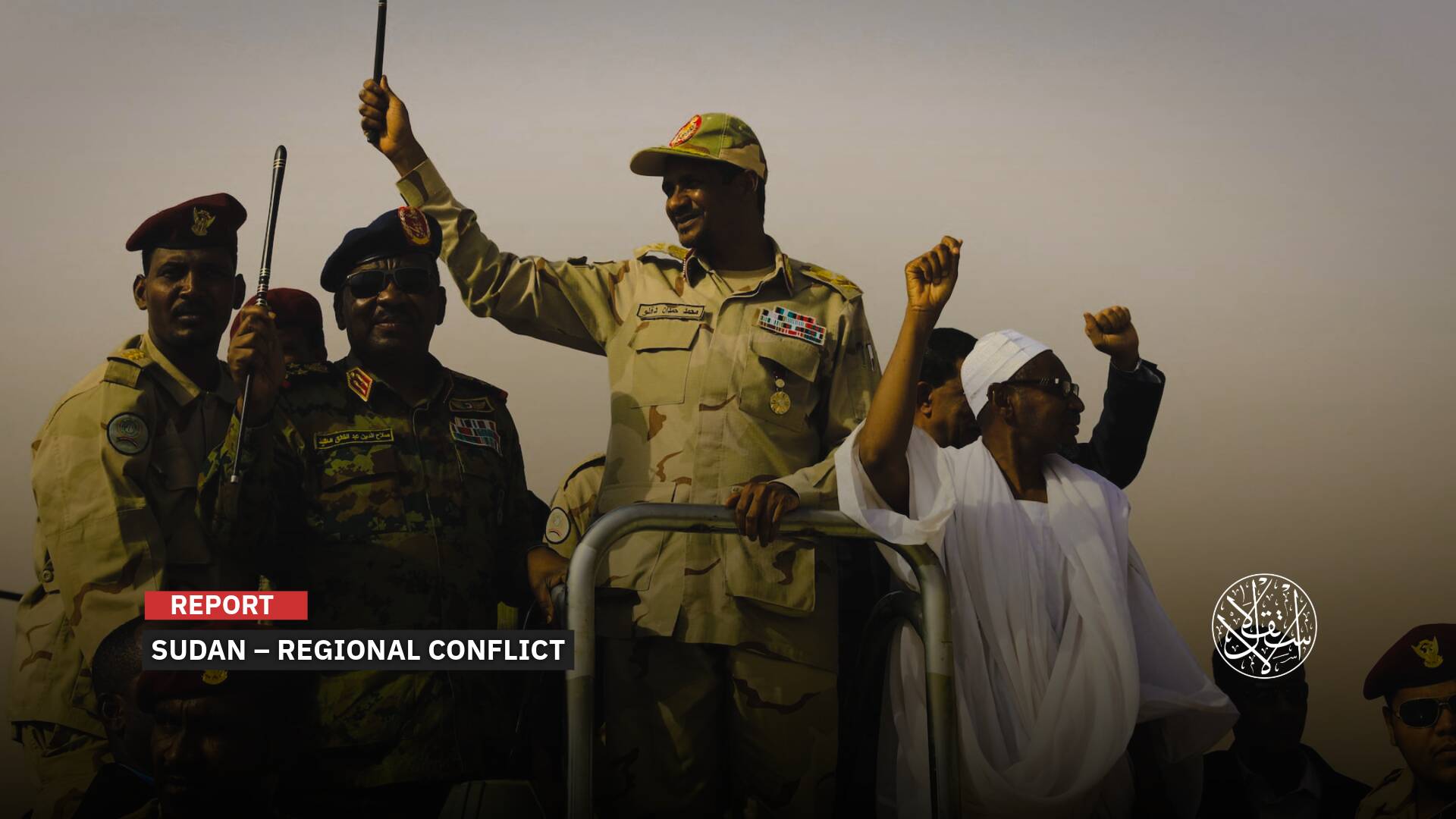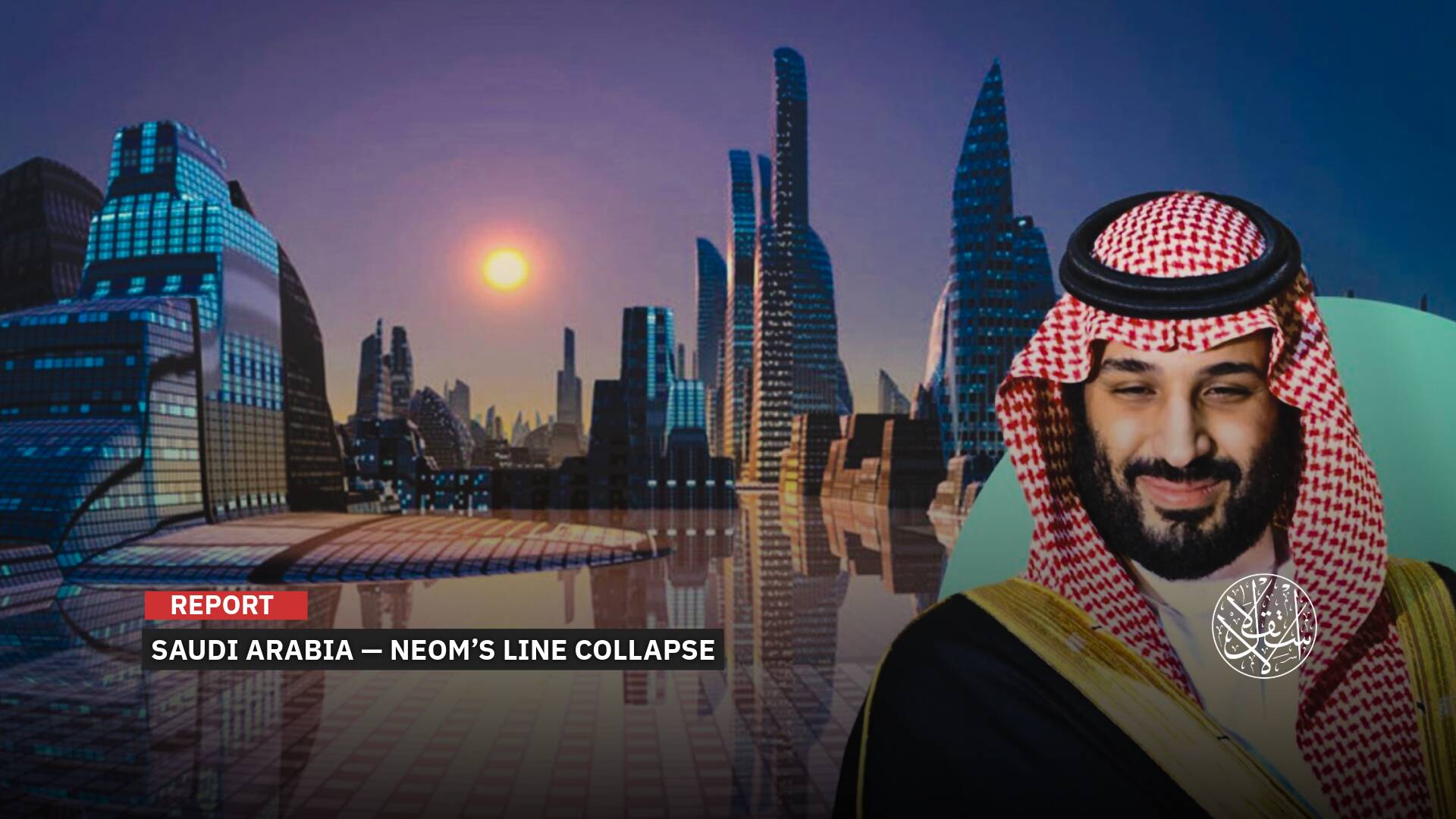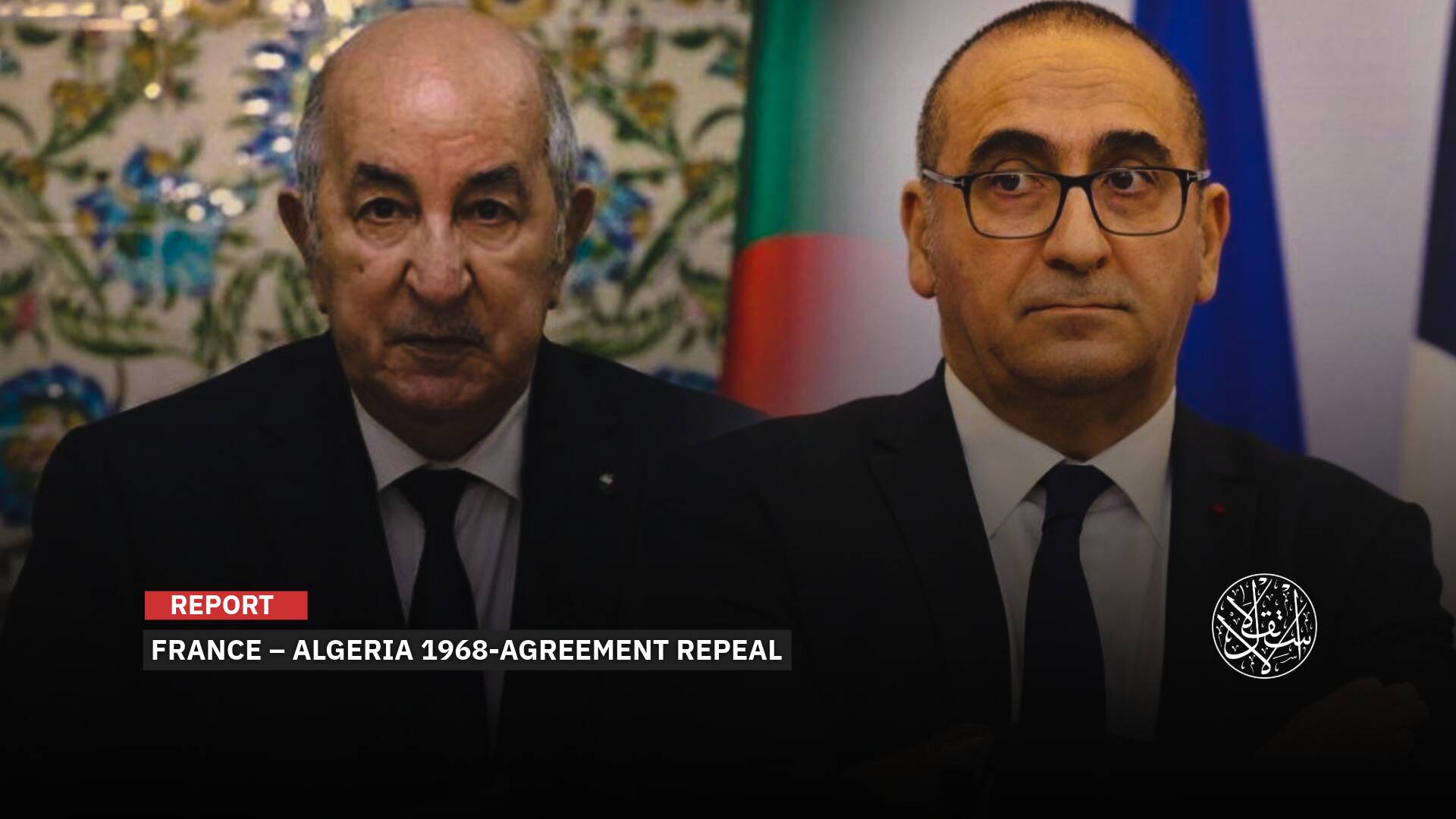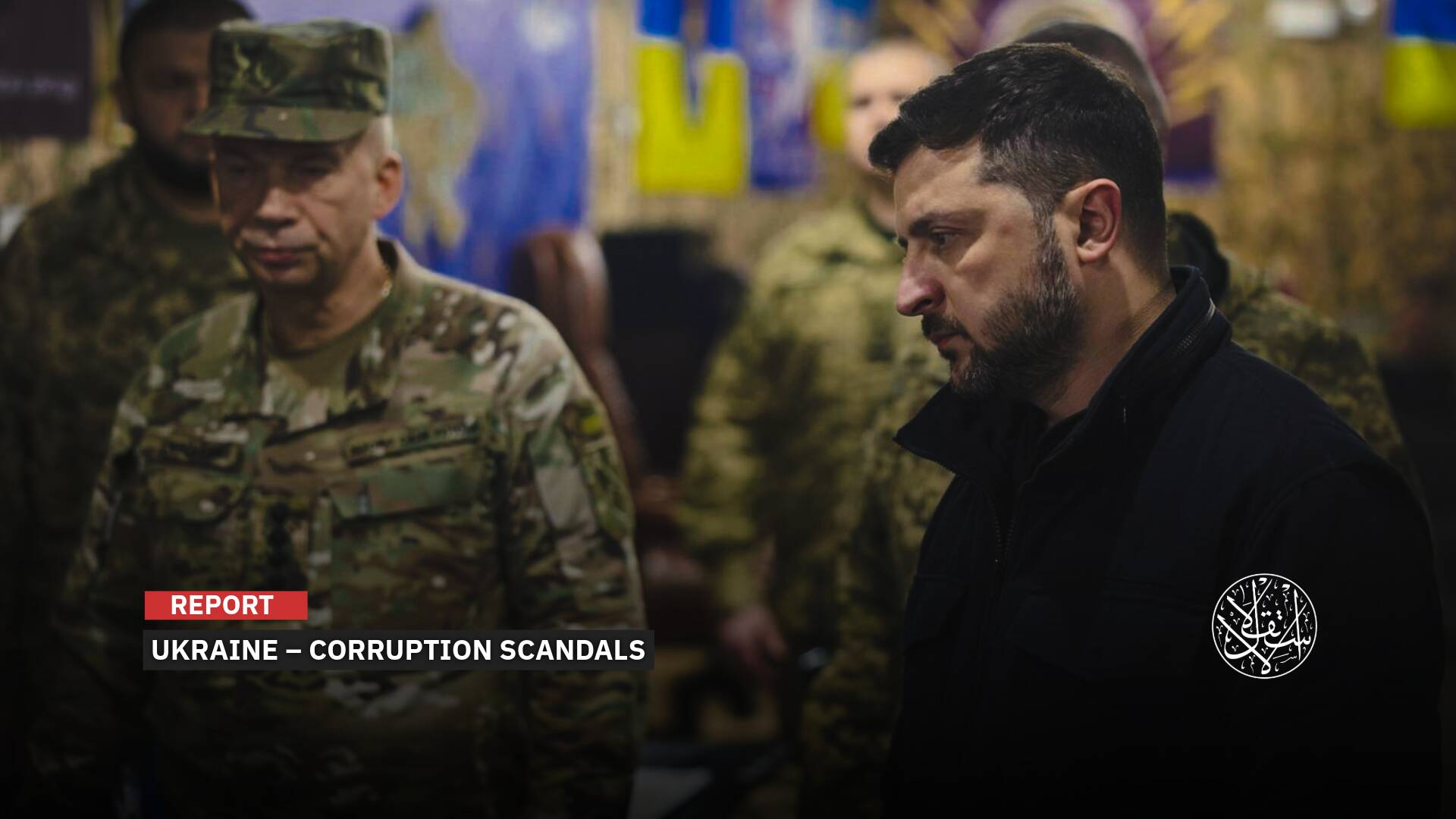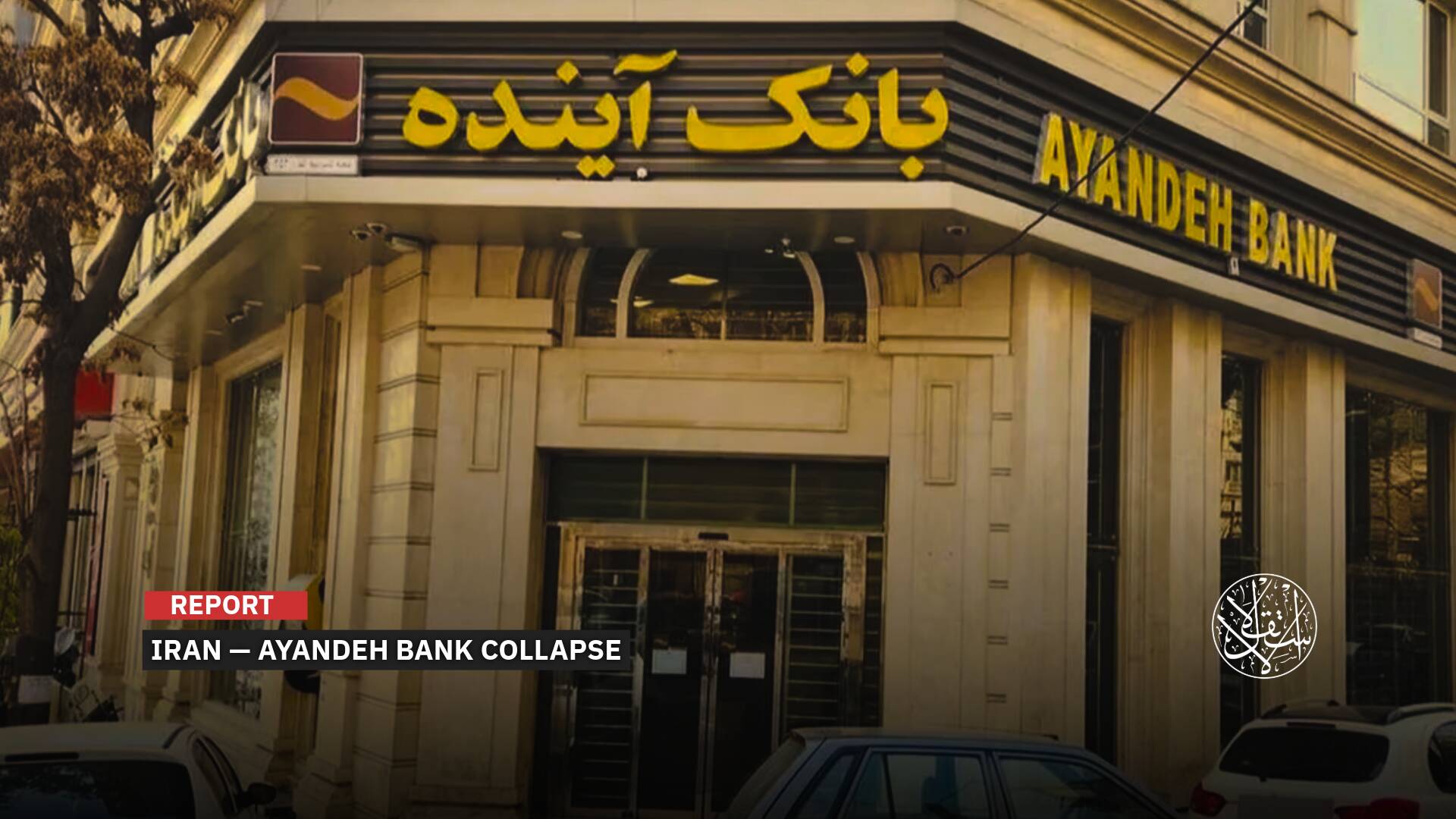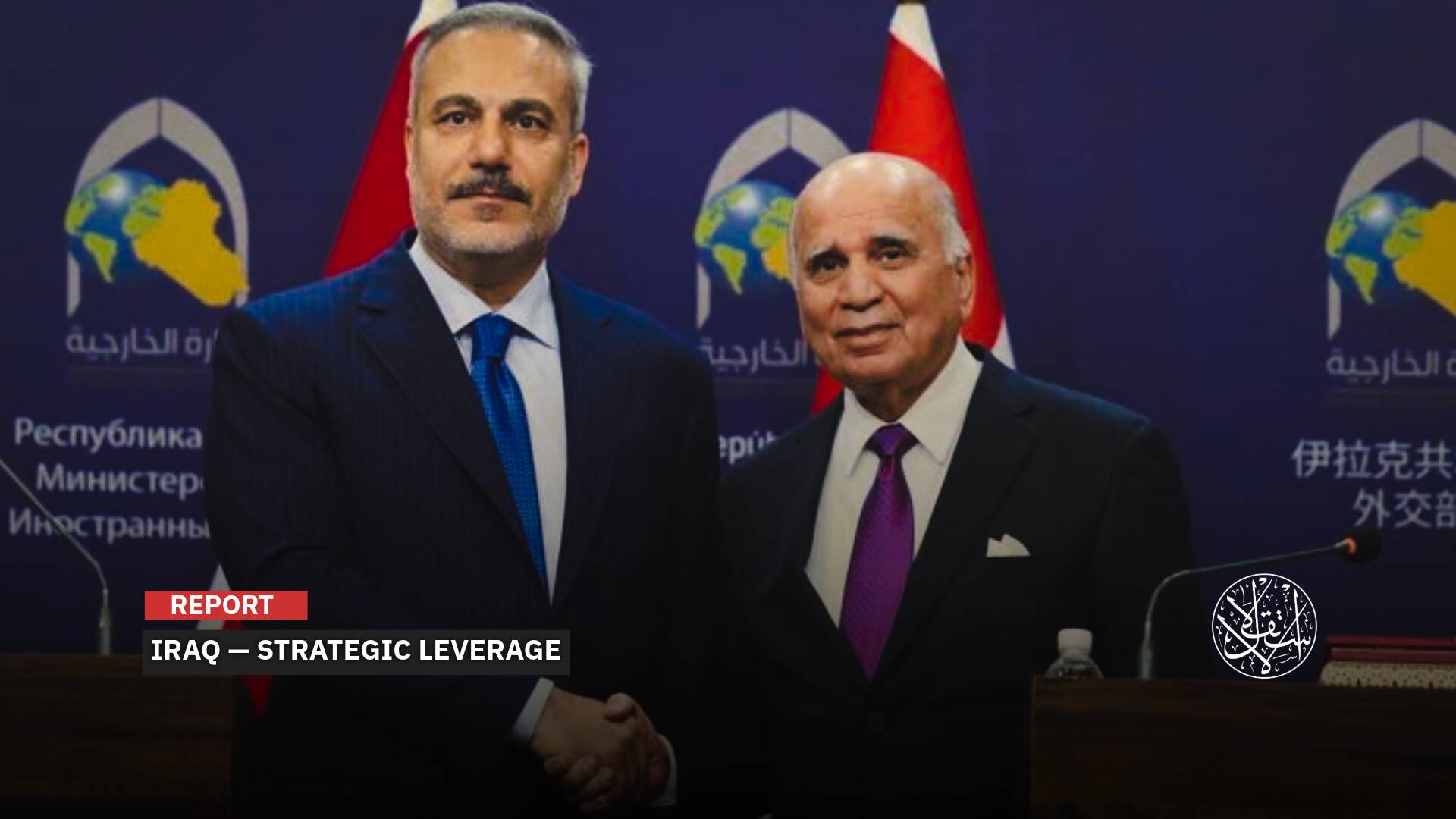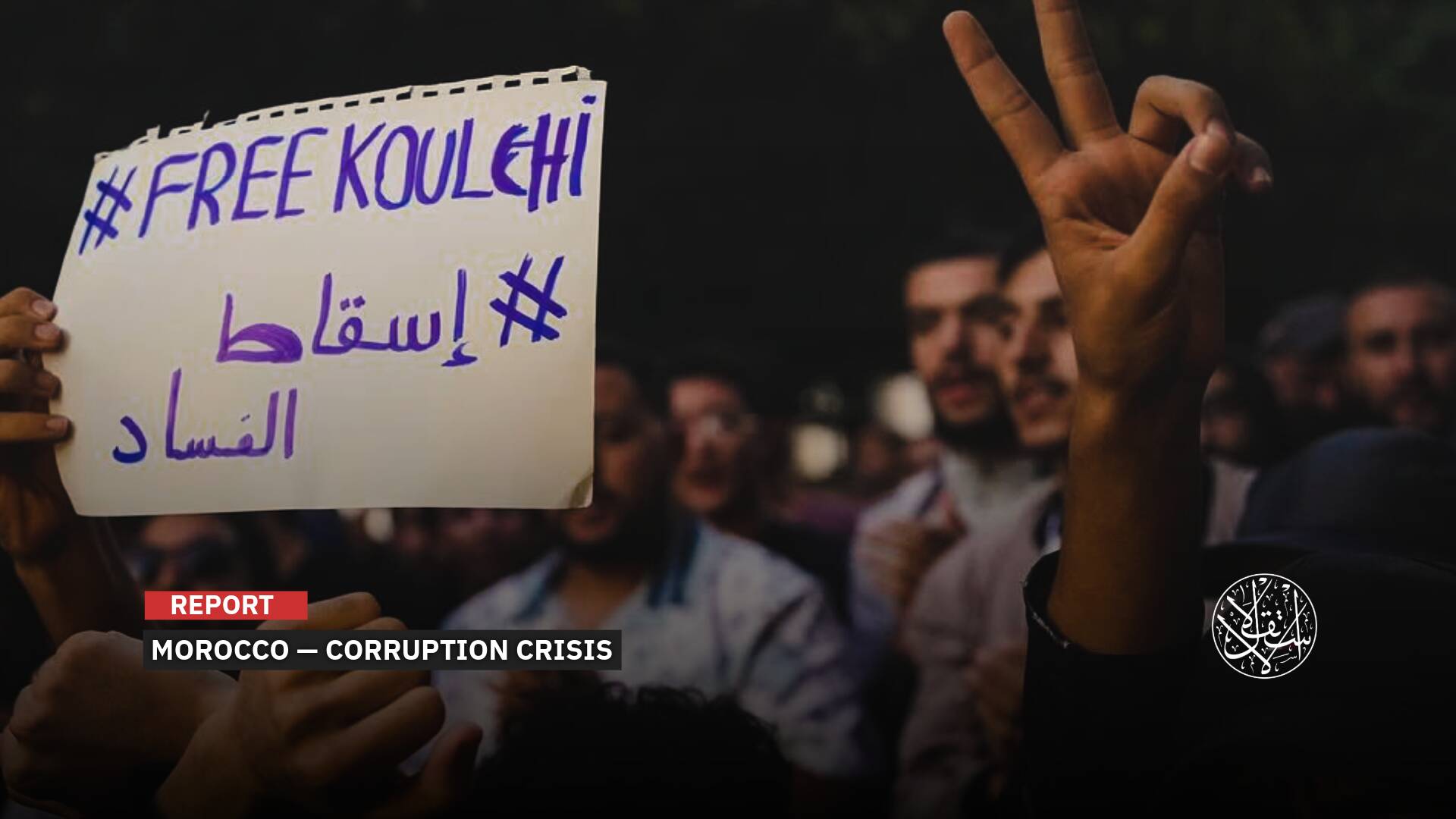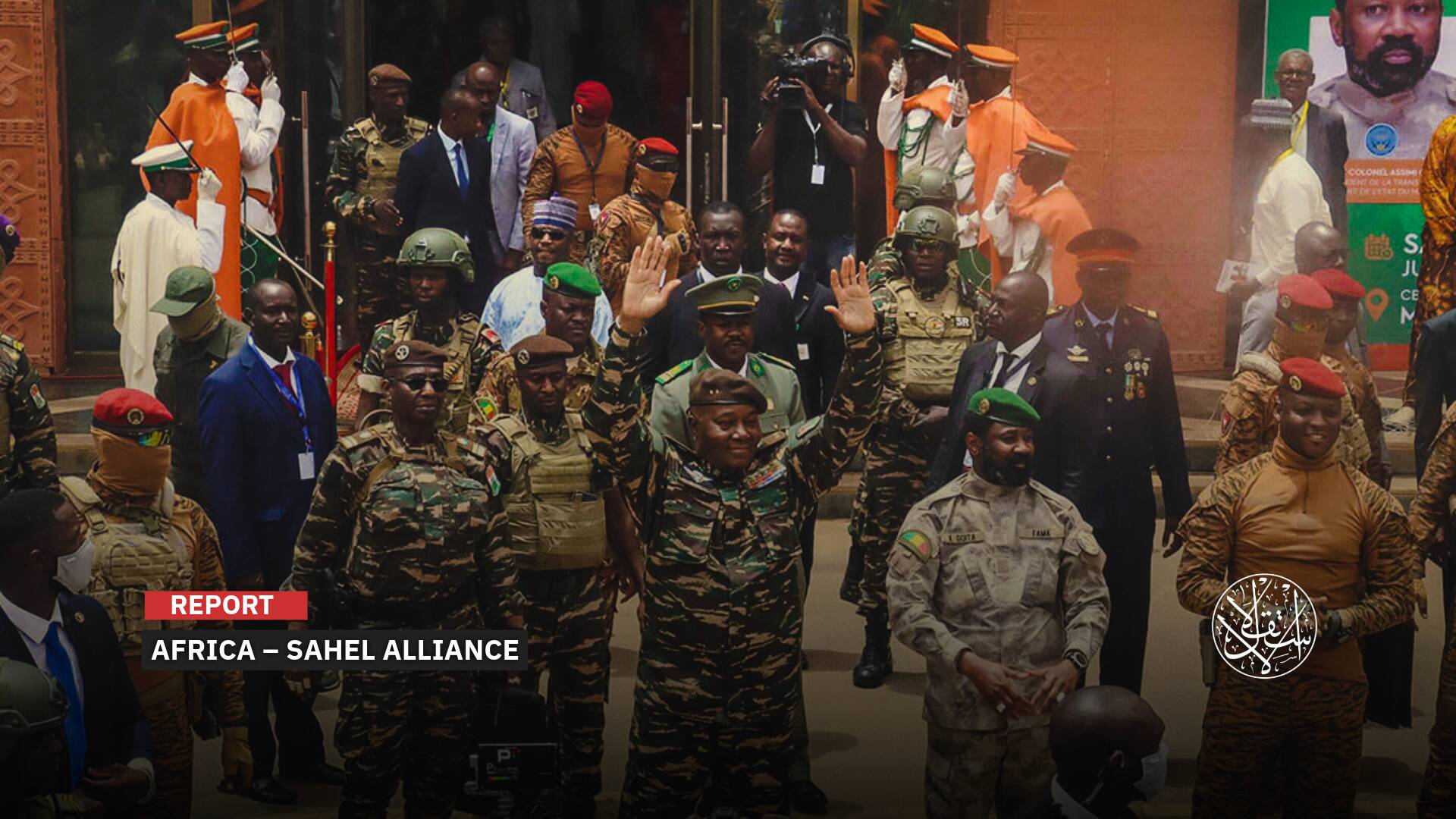‘Israel's’ Golan Occupation: UN Condemnation and Local Resistance

The occupation continues to steal land and impose discriminatory measures on Golan’s residents.
“Israel” continues its efforts to impose its laws, jurisdiction, and administration on the occupied Syrian Golan Heights, which have been under Israeli control since 1967.
These attempts are met with firm resistance from the local population, who reject all colonial and Judaization schemes.
Meanwhile, the United Nations monitors “Israel's” persistent efforts to impose Israeli citizenship and identity on the residents of the occupied Golan.

UN Condemns Golan Occupation
In the latest move underscoring the international rejection of the principle of occupying foreign lands by force, the United Nations Special Political and Decolonization Committee, known as the 'Fourth Committee,' adopted a resolution on November 21, 2024, renewing its call for “Israel” to end its occupation of the Syrian Golan and cease altering its demographic makeup.
The resolution, titled 'the occupied Syrian Golan' was passed with the support of 152 countries, while five countries—Argentina, the United States, “Israel,” Tonga, and Papua New Guinea—voted against it. Twenty-three countries abstained from voting.
The resolution reaffirms the UN’s demand for “Israel” to comply with the resolutions concerning the occupied Syrian Golan, particularly Resolution 497 of 1981, which asserts that “Israel’s” imposition of its laws, jurisdiction, and administration on the occupied Syrian Golan is “null and void and without international legal effect”.
According to the resolution, the United Nations General Assembly calls on “Israel” to “desist from changing the physical character, demographic composition, institutional structure and legal status of the occupied Syrian Golan and in particular to desist from the establishment of settlements.”
The resolution further “calls upon Israel to desist from imposing Israeli citizenship and Israeli identity cards on the Syrian citizens in the occupied Syrian Golan, and from its repressive measures against the population of the occupied Syrian Golan.”
The resolution also condemns “Israel's” violations of the Fourth Geneva Convention, urging UN member states not to recognize any actions taken by “Israel” in the occupied Golan that contravene international law.
Under the Fourth Geneva Convention of 1949, Article 49 stipulates that “the Occupying Power shall not deport or transfer parts of its own civilian population into the territory it occupies.”
On June 5, 1967, “Israel” launched a war against Egypt, Syria, and Jordan, occupying East Jerusalem, the West Bank, the Gaza Strip, parts of the Syrian Golan Heights, and Egypt’s Sinai Peninsula.
The Golan Heights, located south of Syria, is about 50 kilometers from Damascus and spans over 1,860 square kilometers.
In 1981, the Israeli Knesset passed a law annexing the Golan to “Israel,” but the international community still regards the region as occupied Syrian territory.
Since then, “Israel” has initiated settlement operations in the area, while the remaining land faces the continued threat of Judaization.
At the time of the occupation, the Golan was home to 164 villages and 146 farms, of which “Israel” occupied 137 villages and 112 farms.
Currently, around 27,000 Israeli settlers live in 35 settlements in the occupied Golan Heights, alongside 25,000 Syrians residing in six villages: Majdal Shams, Mas’adeh, Buq'ata, Ein Qinya, and al-Ghajar.
The majority of the Syrian residents are from the Druze sect, along with Circassians, Turkmen, and Bedouins.
Before the occupation, the Golan was home to around 138,000 people, most of whom fled to the interior of Syria.

Golan Occupation Resistance
“Israel” offered those who remained in the Golan the option of acquiring Israeli citizenship.
However, the majority chose to retain their Syrian nationality, opting instead for permanent resident status, which granted them most of the rights available to Israeli citizens, with the exceptions of voting in Knesset elections and holding Israeli passports.
Since the Israeli occupation of the Golan, the Syrians’ civil identities have been annulled, and they were forcibly issued military IDs, in accordance with the laws governing occupied territories.
“Israel” continues its efforts to entrench its occupation of the Golan Heights, creating geographic and demographic realities to solidify its illegal annexation plans.
The occupation persists in seizing land, confiscating natural resources, and imposing discriminatory measures on the residents of the Golan, all with the aim of marginalizing them, displacing them from their land, and forcing their expulsion.
The general strike carried out by the people of the Golan on February 14, 1982, which successfully thwarted the occupation’s attempts to impose ‘Israeli identity’ upon them, remains a living example of the local population’s refusal to compromise on their rights to their land and property.
On June 21, 2023, rare clashes erupted between Druze residents and Israeli police after hundreds of Druze took to the streets in protests against a settlement project that included the construction of wind turbines on their farms in the occupied Golan.
The occupation’s aim behind these turbines was to seize the land and further displace the people of the Golan.
Since 2019, the people of the occupied Syrian Golan have been conducting general, widespread strikes to oppose the expansive turbine scheme, which threatens to confiscate over 6,000 dunams of their fertile agricultural land, home to cherry and apple orchards.
The residents reject the Israeli occupation’s land and property theft policies, which include the establishment of settlements and the construction of turbines, aimed at altering the region’s demographic, geographic, and legal landscape.
The Israeli occupation continues to carry out forced population transfers, demolitions of homes, land confiscations, theft of natural resources, city blockades, destruction of agricultural crops, and the disruption of livelihoods in the Golan.
Additionally, it prevents the delivery of essential food supplies to the residents of the occupied villages.
The Israeli occupation continues to disregard repeated calls from the United Nations for “Israel's” withdrawal from the occupied Syrian Golan to the June 4, 1967 line, and for the cessation of all settlement activities in the region.
These calls emphasize that all measures taken, or to be taken, by the Israeli occupation aimed at altering the character and legal status of the Syrian Golan are null and void, constituting a flagrant violation of international law and the resolutions of the international community.
These developments are strongly driven by the 2019 recognition of Israeli sovereignty over the Golan Heights by U.S. President Donald Trump, who declared it the "right time" for settlement expansion in the region, especially given that President Joe Biden's administration made it clear that there would be "no change in policy."
Following this, “Israel” established a new settlement in the Golan named "Ramat Trump," which was built in 2020 and is now receiving housing applications from thousands of settlers.
At the end of 2021, the government of then-Prime Minister Naftali Bennett voted in favor of a $317 million plan aimed at doubling the number of Jewish settlers in the occupied Golan.
The plan seeks to build 7,300 housing units for settlers over the next five years, with a meeting held at the Mevo Hama agricultural settlement in the Golan to discuss its implementation.
The plan includes the creation of two new settlements, named "Asif" and "Matar," along with the expansion of existing settlements, as well as the development of necessary infrastructure to support the growth of the settlements.
According to official statistics, around 53,000 people currently reside in the Golan Heights, including 26,000 Syrians and 27,000 Israelis.

Israeli Golan Plans
In an effort to increase the population of the occupied Golan Heights, the Israeli government has proposed the creation of new industrial zones to generate job opportunities in the region.
However, in early 2022, “Israel’s” Nature and Parks Authority (NPA) revealed that the government’s plan to invest one billion shekels ($317 million) to double the population of the Syrian Golan Heights is fraught with legal, planning, environmental, and other issues.
The authority warned that the plan "threatens open landscapes, springs, waterfalls, and the rich biodiversity that makes the sparsely populated region an attractive destination for both Israelis and tourists," as reported by The Times of Israel.
Notably, alongside its ongoing war in Gaza and Lebanon, “Israel” appears to be turning its focus toward Syria.
In October 2024, Israeli forces carried out new incursions into Syrian territory, conducting land reclamation activities on agricultural lands starting from the occupied Golan.
Reuters reported that, according to security sources, Israeli forces removed landmines and established new barriers along the border with Syria.
On October 15, 2024, the agency reported that “Israel” moved the fence separating the demilitarized zone (DMZ) towards the Syrian side and carried out excavation work to establish additional fortifications in the area.
The report quoted a Syrian soldier as saying that “Israel” appears to be creating a "buffer zone" within the demilitarized area, in violation of the 1974 ceasefire agreement between Syria and “Israel,” which was brokered by the United States to halt hostilities following the October 1973 war.
For the first time, the Syrian regime acknowledged that “Israel” had dug trenches in the demarcation zone along the border of the occupied Golan Heights.
In a session of the UN Security Council discussing Syria’s political and humanitarian situation on November 21, 2024, Syria’s permanent representative to the United Nations, Qusay al-Dahhak, stated that “Israel” had recently dug trenches and erected earthen barriers along the ceasefire line in both the northern and southern sectors of the demilitarized zone.
The Associated Press reported on November 12 that UNDOF (United Nations Disengagement Observer Force) personnel, stationed in the border area with the occupied Golan since 1974, stated that “such severe violations of the (demilitarized zone) have the potential to increase tensions in the area and is being closely monitored by UNDOF.”
In this context, Josh Landis, a non-resident fellow at the Quincy Institute and head of the Middle East Studies department at the University of Oklahoma, commented that "what Israel is doing is consolidating its hold on the occupied Golan Heights."
Landis further stated in a televised interview on November 21, 2024, that this is a moment where Netanyahu is taking the lead because the Biden administration has shown a willingness to support “Israel” in almost any military venture in the region, whether it’s an invasion of Lebanon, the annexation of the Golan Heights, or an endless war in Gaza.
Sources
- Government Set to Approve Nis 1 Billion Golan Heights Development Plan on Sunday
- Syrians in occupied Golan Heights protest over Israel wind farm project
- UN force says Israeli work on Syrian frontier saw ‘severe violations’ of cease-fire after AP report
- Our people in the occupied Syrian Golan: There is no compromise on rights, and no concession of a single grain of soil from our land. [Arabic]
- Concluding Session, Fourth Committee Forwards Four Drafts to General Assembly Focused on Suffering of Palestinian People, Agency Mandated to Alleviate It.
- Is Israel expanding territorial control toward Syria?
- The Syrian regime acknowledges the Israeli trenches in the Golan. [Arabic]
- The United Nations renews its demand for Israel to end the occupation of the Golan and stop imposing citizenship on its people. [Arabic]



